Conditioner for damaged hair – the best way to quickly improve hair condition
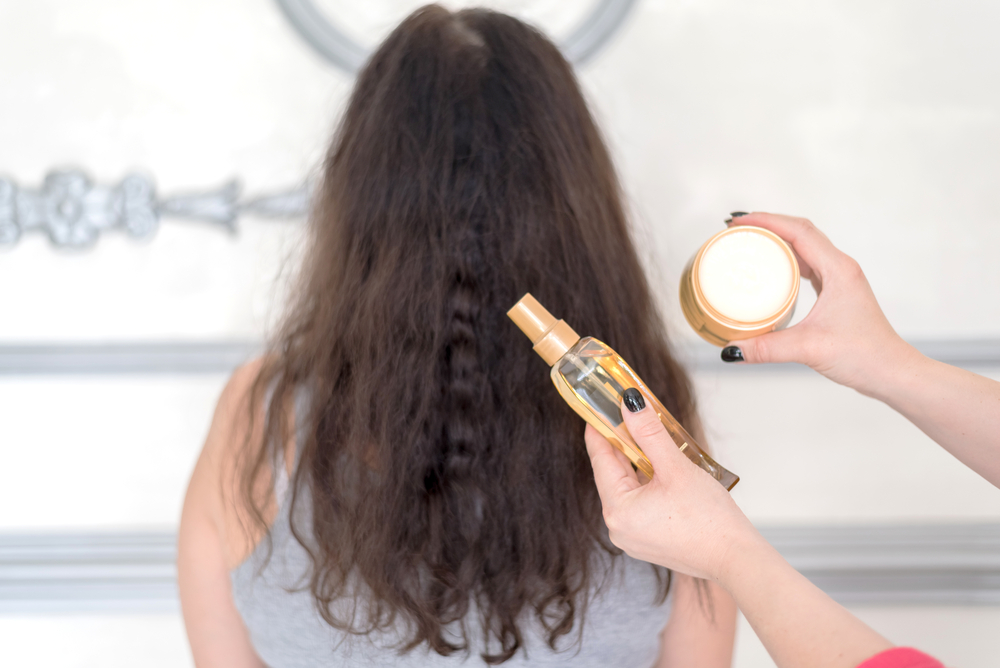
The first signs showing that your hair is damaged are splitting, breaking ends and dry, lacking shine and unpleasant to the touch hair. What is more, such hair is usually very hard to style. But is it possible to stop the process of hair structure degradation? Yes, hair conditioner comes to the rescue, it will give an instant effect and often you can find that it is a part of the whole series of care cosmetics. Total regeneration is a long process and requires a lot of attention. Using conditioner for damaged hair is the first step to regain control over unruly hair.
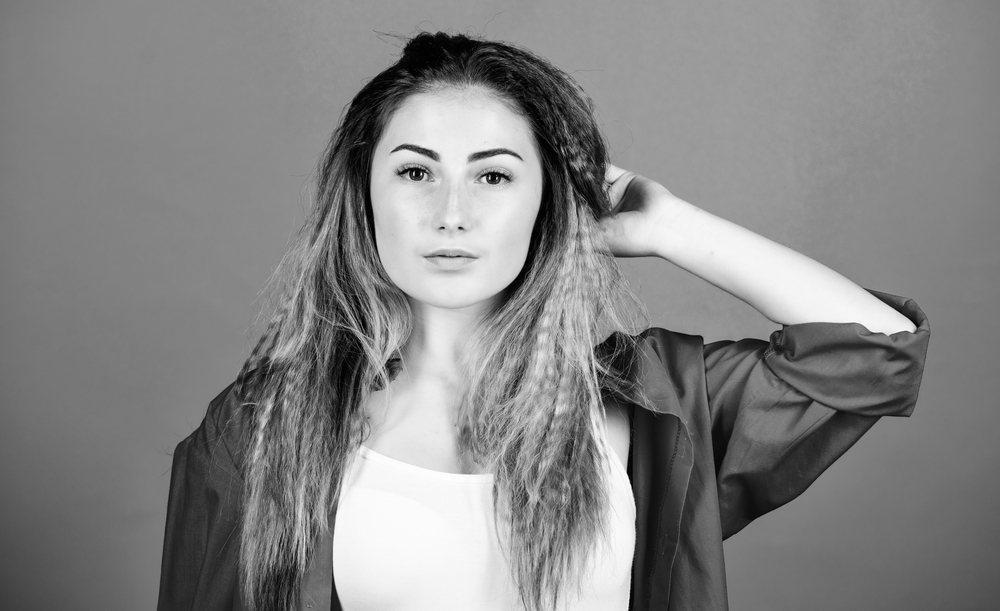
Conditioner for damaged hair – Table of Contents:
- Factors that are causing hair damage
- Why is it worth using a conditioner for damaged hair?
- Protect your hair from damage
- How to rescue very damaged hair and how to prevent new damage?
- How to use a hair conditioner correctly? Basic mistakes in hair care
- What does damaged hair need?
- How to choose the best hair conditioner?
- Ingredients that should be a component of the best conditioner for damaged hair
- Proteins – keratin, collagen, elastin.
- Natural plant extracts – oils, extracts, butter
- Moisturizers, or humectants – glycerine, aloe, panthenol, allantoin, betaine, honey
- Amino acids – arginine for damaged hair
- Ceramides – rescue for dry and damaged hair
- SLS or SLES (Sodium Lauryl Sulfate)
- Parabens
- Alcohol (isopropyl alcohol)
- PEG, PPG
- Silicone
- Mineral oils (paraffin)
- Artificial fragrances
Factors that are causing hair damage
You cannot avoid hair damage. Many factors lead to the weakening of hair condition. These are not only colouring or lightening treatments as many of us think. There are many things, that are independent of what we are doing, which we cannot eliminate. Main reasons that are responsible for bad hair condition:
-
Environmental factors
Sun and strong UV radiation in the summer, heating during winter – are contributing to the loss of moisture in hair structure and strong wind and frost outside. Hair condition is also impacted by pollution, including cigarette smoke and smog, which have a disastrous influence on our health and hair condition. Moreover, swimming in salty seawater and chlorinated water in the pool also can deteriorate hair condition.

-
Thermal factors
In other words high temperature. Above all, in this group we can find hair styling at home, without which a lot of people cannot imagine their life (straightening, blow-drying, using curling iron).
-
Chemical factors
It is previously mentioned hair colouring, which not only has an influence on hair structure but also can penetrate the skin, cause irritations and influence the hair bulb making it weaker with time. Such treatment disturbs the natural cycle of hair growth and due to that, growing ‘baby hairs’ are thinner. Another hair treatment that causes weakening of hair structure is for example perm.
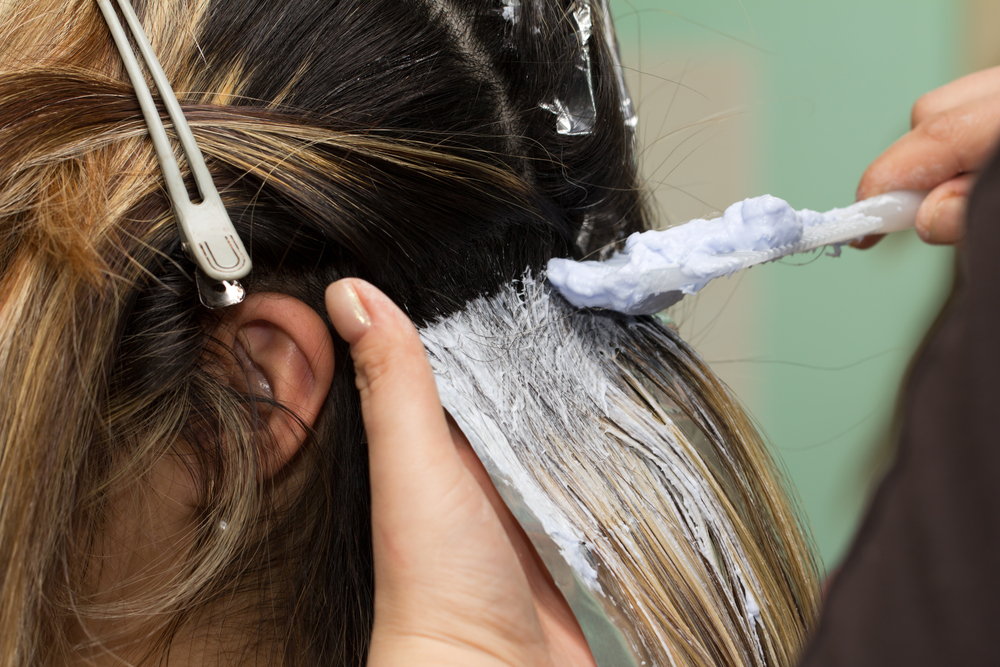
-
Mechanical factors
It might seem that there is no harm in brushing hair, but during this activity some micro damaged and invisible micro-scratches can occur. Here, we should blame bad equipment: crooked tooth of the comb, broken ball tips of the brush, which are scratching the hair cuticle.
-
Improper care
This point is about excessive extremes in care. We may get bad results from either total resignation from using a hair conditioner or overusing the hair cosmetics. Hair overweighed with a huge amount of cosmetics can become frizzy, look like it’s oily or breaks due to overuse.

Another matter is a bad hair care routine- usually, when we are in rush we make many small mistakes that are destructive. It is vigorous rubbing of wet hair with a towel, nervous application of the shampoo and scrubbing the scalp with it (instead of a gentle massage), rinsing the hair with too hot or icy water (it should be lukewarm to close open hair cuticles), tying the hair in a very tight ponytail or bob, or combing your hair when it is dry without any conditioner or oil.
Additional aspects: stress, hormonal imbalance, pregnancy, severe disease, strong medication, unhealthy lifestyle, not sleeping enough or bad (poor) diet. These are the aspects that also influence the healthy look of the hairstyle.
Why is it worth using a conditioner for damaged hair?
As we already mentioned above, many factors lead to the damage, which cannot be avoided or reduced. That is why it is important to choose good, high-quality cosmetics, that will regenerate and intensively nourish, strengthen and improve hair condition. The perfect solution is a conditioner for damaged hair, which quickly improves its look, makes hair smooth, soft, adds energy, gives the effect of shiny, silky strands with reflections and also helps with hair styling and easy detangling. Every hair type, from time to time, requires damaged regeneration if it is after a sunny vacation or long, cold winter that was spent in a heavily heated space. So we should Focus on that not only after changing hair colour at hairdresser as it may seem. That is why everyone should have a hair conditioner in their bathroom!
Conditioner for damaged hair: How to protect your hair from damage?
Proper, balanced care is a recipe for maintaining a good condition and beautiful look of hair. On the first line of defence, we have conditioners, that are applied just after shampoo. On an ongoing basis, they eliminate the damage, regenerate and maintaining hair hydration – including a protective layer on hair surface due to, for example, the presence of natural oils, rich in vitamins, minerals and fatty acids.
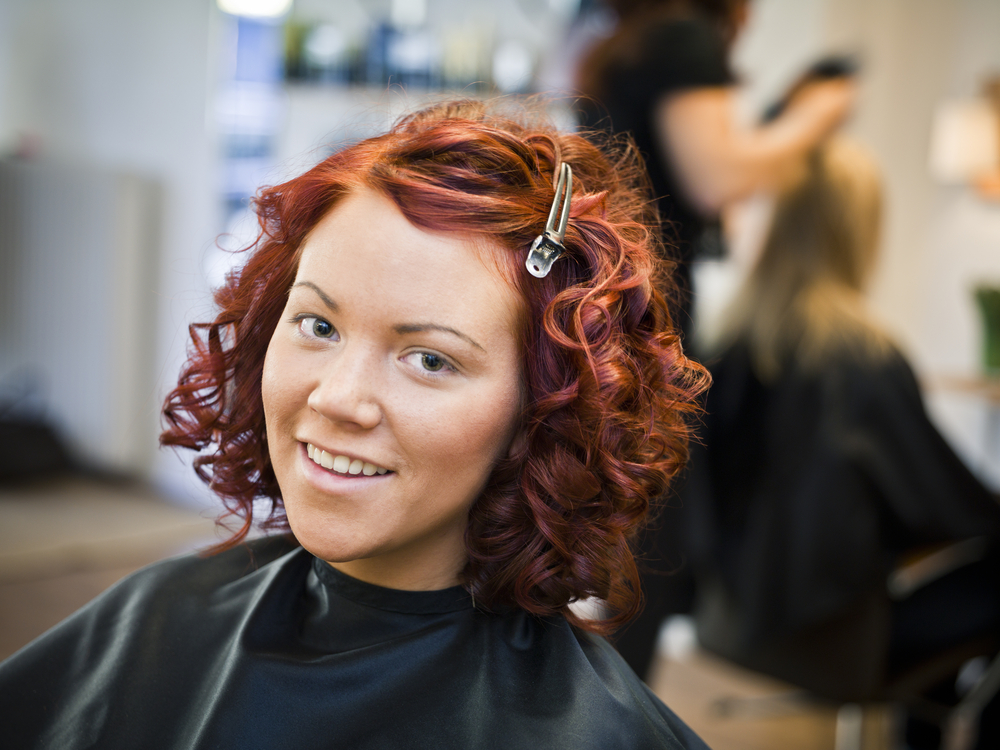
How to rescue very damaged hair and how to prevent new damage?
Other steps, besides regular using of hair conditioner, which can rescue the hair from new damage are:
-
Protection of hair against sunlight and UV radiation
A hat is rather an uncomfortable form of defence but a protective conditioner in a form of mist or spray come to the rescue.
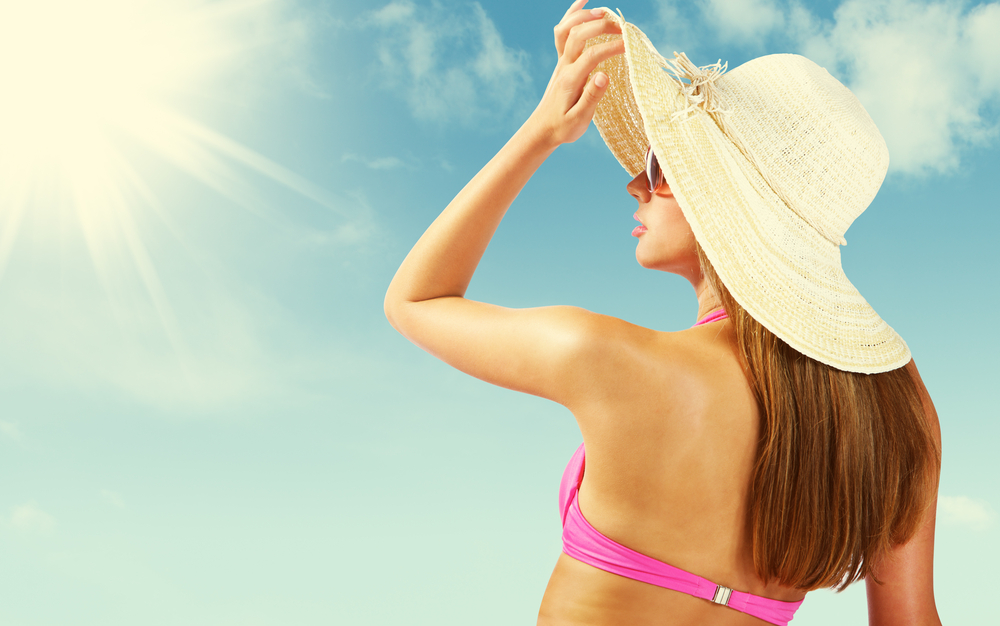
-
Protection against cold and wind
It is also important- wearing a hat during winter and scarf or hood for a wind.
-
Avoiding swimming in salt or chlorinated water
Or just when you are finished – washing thoroughly your hair and using a conditioner.

-
Cutting ends
If you are not going to do it, such a split end will still undergo damaged and split even more. As an effect, hair will be frizzy and look like an old brush. Moreover, hair will break higher and higher, creating an uneven, fray line – giving a very unaesthetic visual result. You should pay a visit to a hairdresser at least once every 2 months. A specialist will cut only the ends which will prevent you from further damage and will allow you to enjoy its good look.
-
Resigning from often straightening, using curling iron or blow-dryer.
-
Hair colouring is only under the supervision of a specialist at the hairdresser.
-
Complex care
Starting from conditioners, masks, specialist shampoos, oils, rubs, stimulating massages until you will make a habit to gently treat your hair, comb it, dry it and style it.
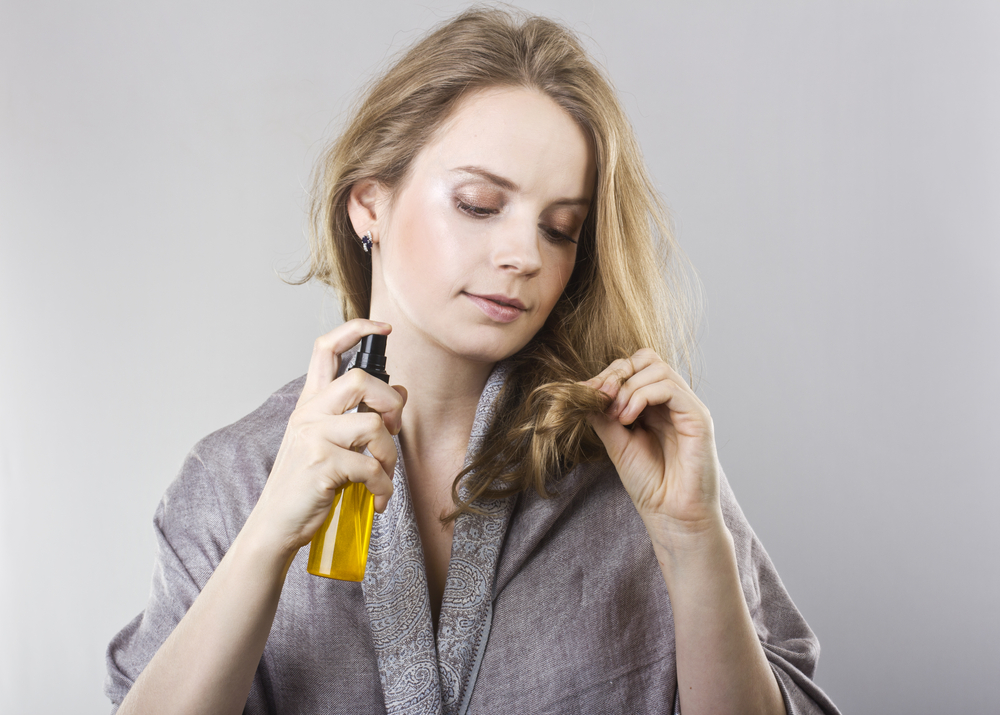
-
Always during last rinse use only lukewarm water
It will close hair cuticles, thanks to which hair is smooth instead of being dull and rough.
-
Well-balanced diet
That means rich in proteins, seeds, vegetables, fruits, which from the inside will provide the proper amount of nutrients to your hair bulbs.

-
Supplementation
It is adding important microelements, vitamins and minerals that may be scarce in everyday diet.
-
Healthy lifestyle
This is also an important matter. If our organism is in balance, the whole body will be healthy and full of energy, hair as well. It is worth taking care of rest, good sleep and be physically active. We should at least go for a walk regularly, to better the circulation and oxygenate the cells – also these building our scalp because they take part in the transport of nutrients to hair bulbs.

-
Reduce stress
Or try to eliminate its fallout through relaxing and taking rest so that you will distract your attention from your problems.
How to use a conditioner for damaged hair correctly? Basic mistakes in hair care
- First of all! We understand that often you just do not have time but do not apply a conditioner on very wet hair. Just after you finish washing with a shampoo and rinse thoroughly, wait a second for the excess of water to drip and then absorb what is left with a towel so that your hair is slightly damp. You should do it because when you will apply a cosmetic on wet hair your conditioner will just drip and precious ingredients will be diluted with water.
- Second of all! Do not apply the cosmetic to your scalp. You should leave a safe distance of few centimetres and start from the line of ears. Why? Conditioner, when not rinsed properly, can clog the pores of your scalp, often besides nutritious components, it contains synthetic substances that are not easily washed out with water. Most trichologists and dermatologists will agree because it may lead to many problems – among others: flat hairstyle, oily scalp or severe inflammation.
- Use a conditioner (without any worries) after each washing. Hair shampoo is a necessary step in care but besides cleansing and getting rid of sebum, the remains of cosmetics – makes hair dry. So to add moisture and close cuticles, using a conditioner is a must.
- Remember not to use one product all the time. It is worth having few different cosmetics in rotation and reach for different ones depending on your hair needs. For example, conditioner that is suitable for your hair type, strongly nourishing one, rebuilding, strengthening – that protein conditioner, moisturizing – with humectants and one that is protecting your hair – with emollients.

What does conditioner for damaged hair need?
Damaged hair has defects in structure and due to this impurities may enter the inside of the hair which is destructive for its condition. That is why it is important to close this entry and protect the cortex and hair core from damaging factors. To do this we need:
- Intensive regeneration – filling the defects in hair structure
- Hydration – due to numerous damages hair is very dry and vulnerable to breaking. Keeping moisture will bring back its softness, elasticity and noticeably improve its look.
- Protection – that means the additional coverage of its structure, for example with plant oils that will create a colourless film covering hair cuticle and protecting from moisture-loss and new damaged formation.
How to choose a conditioner for damaged hair correctly?
Apply it based on your own needs, that is a type of your hair as well as the effect that you want to achieve (adding volume, smoothing, underlining your curls, enhancing colour, regeneration after treatment, adding shine or intensive repair of damage). You should pay attention to composition and avoid synthetic, harmful substances. Look for a product of high quality, with natural plant extracts, that are intensively nourishing, strengthening and moisturizing.
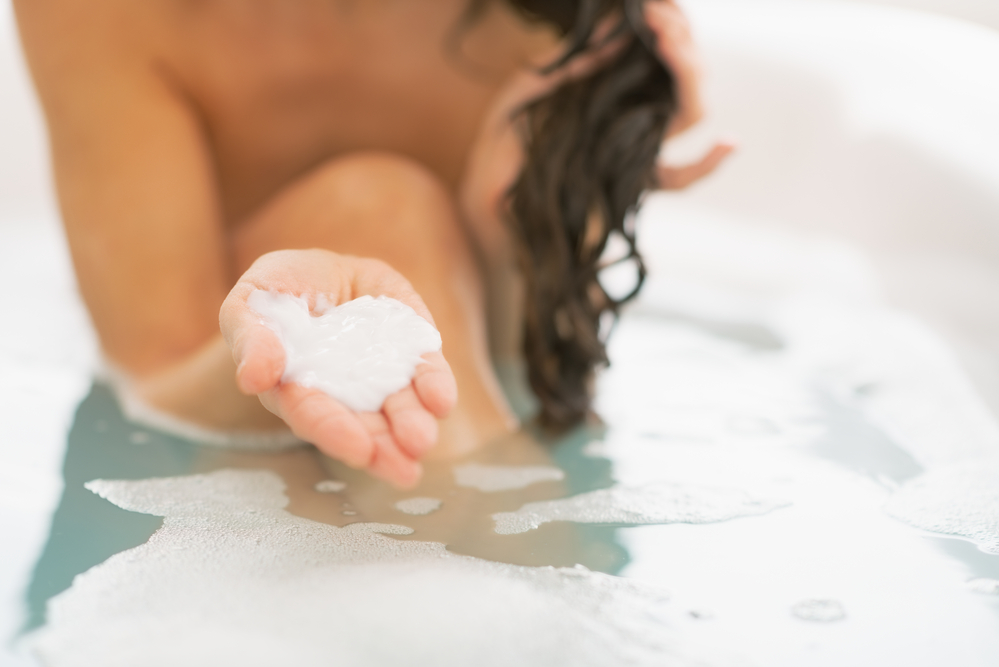
Ingredients that should be a component of the best conditioner for damaged hair
The best conditioner for damaged hair should act comprehensively, so on many levels at the same time. Not only regenerate and strengthen but also fully care, so hydrate and protect from further damage.
The best components that you should invest in are:
1. Proteins – keratin, collagen, elastin – conditioner for damaged hair
Proteins – they made up the hair in almost 90%, from the root, core, cortex layer, sheath and transparent scales covering your hair along the entire length. Therefore, their use perfectly fills the damage, giving the effect of a smooth, healthier, shiny hair surface and improves elasticity, making combing and styling much easier. Besides the most common components of conditioners for damaged hair and strong regeneration, so keratin, collagen and elastin, you will also find products with milk proteins, silk, wheat and egg proteins.
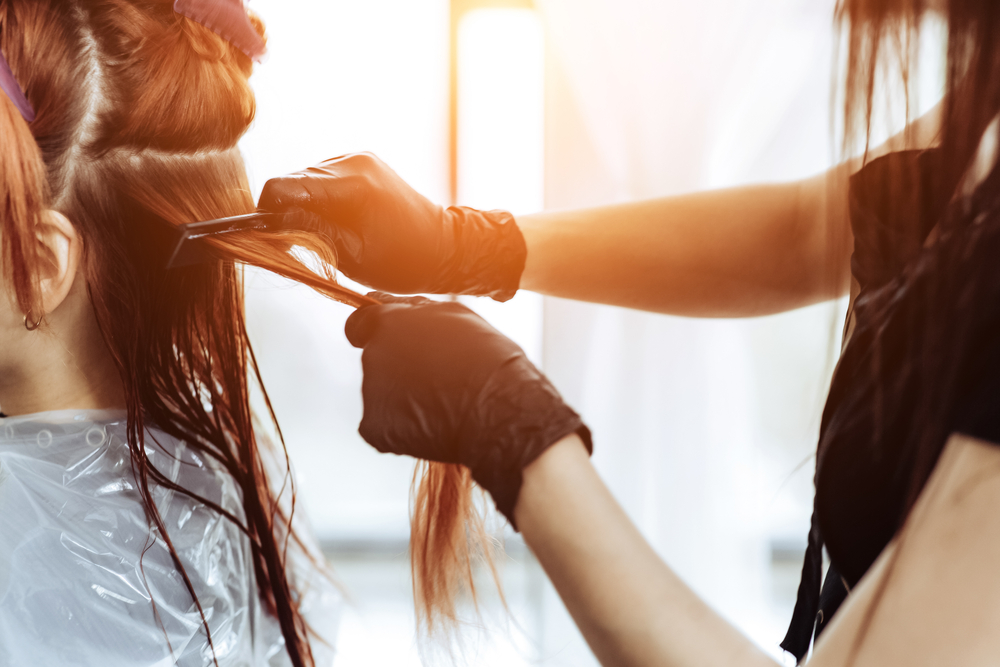
2. Natural plant extracts – oils, extracts, butter – conditioner for damaged hair
It is a concentrated portion of beneficial nutrients for damaged strands, among them we can find vitamins, minerals, fatty acids, multiple antioxidants, amino acids and lipids. They not only positively influence the hairstyle look but also are a source of active substances that can penetrate deeper layers of hair structure – revitalizing it and maintaining proper condition. Additionally, these plant essences act as emollients – it is they protect the outer layer of hair, ensuring protection from damage and negative factors such as sun, hot or dry air, pollution. Oils should also be mentioned here: argan, linseed, monoi, almond, macadamia, black cumin or coconut. Natural butters such as: shea, murumuru, apricot, jojoba or mango. Another important group are extracts of fruit or seeds, including grape, sea buckthorn, hemp, amla, pomegranate, flax, cotton, wheat sprout, ginseng root, rice (kerarice).
3. Moisturizers or humectants – glycerine, aloe, panthenol, allantoin, betaine, honey – conditioner for damaged hair
Thorough hydration is very important, especially when we deal with dry and damaged hair. Keeping it hydrated will ensure its vitality, flexibility, shine and softness. Thanks to moisture – breaking and splitting of the ends will be minimized and hairstyling will no longer be a problem. So this step is crucial and as a rule, the majority of hair conditioners and cosmetics for body care contain glycerine in their composition.

4. Amino acids – arginine for damaged hair – conditioner for damaged hair
It is one of the major amino acids which takes part in building hair that stimulates hair bulbs for proper growth and can help to prevent excessive hair loss. Arginine not only regenerates and strengthens hair structure but also moisturizes and adds energy.
5. Ceramides – rescue for dry and damaged hair – conditioner for damaged hair
They support natural lipid layer that is covering hair, ensuring its protection and strengthening. Ceramides fill the intercellular gaps, giving a feeling of smooth and spectacularly shiny hair.

What should not be a component of a conditioner for damaged hair?
Damaged hair has a weakened structure, is very dry and due to damage, it absorbs the components of conditioner as a sponge, which is why hairstyle can be easily overweighed due to the presence of synthetic substances. Though at the beginning of their use, for example, silicon can thoroughly smooth dry and split ends giving a false result of silky, shiny hair. After prolonged use, you will observe more adverse results than benefits (clogging of the pores of the scalp, overweighing, sticking to hair fibres and not allowing for transport of active ingredients and hydration during subsequent care treatments). It is hard to get rid of it from the hair surface and scalp with a delicate shampoo.
There are many supporters of artificial substances, according to whom they are neutral to our health and hair condition. Everything may seem to be fine when your scalp is young and healthy, you can apply different kinds of cosmetics and do not observe anything bad connection to the use of these synthetic components. After a time, hair and scalp may show you that it has been too much and you will have complications with their condition. Due to the abuse of synthetic substances, like silicone, a vicious circle is created because to wash off the artificial ingredient of the conditioner, you have to reach for a strong shampoo, for example with SLS, which will thoroughly remove the remaining silicone.
However, the point of care is not to torture yourself with strong chemicals. If there are better products on the market with a natural composition that can not only smooth your hair but also moisturize, strengthen and nourish it thanks to the vitamin and minerals!
Therefore, try to avoid or limit to occasional use the following ingredients:
1. SLS or SLES (Sodium Lauryl Sulfate)
It dries, irritates, can cause an allergic reaction, redness, itching or rash, and also causes excess production of sebum (caused by excessive dryness). It is a foaming-washing substance, which is also used in the chemical industry among others in the production of detergents and dish soap. You don’t want to treat your hair with such agents, do you? Especially the badly damaged ones. Other slightly milder substitutes are Sodium Coco-Sulfate (SCS), Magnesium Laureth Sulfate, Ammonium Lauryl Sulfate (ALES).
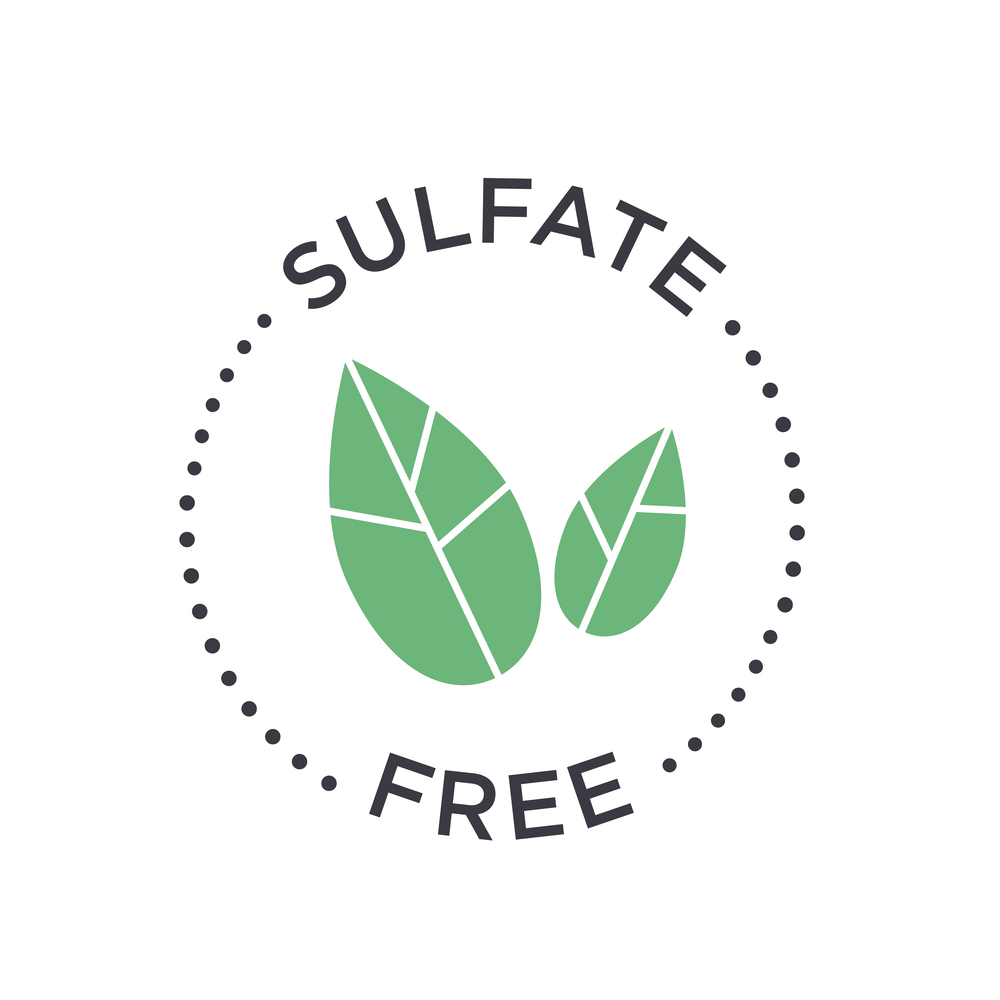
2. Parabens
They are preservatives. Their excess is harmful, they negatively influence the hormonal balance and are carcinogenic. As ingredients, they often appear under names with the ending -paraben, e.g. ethylparaben, phenoxyethanol, propylparaben or methylparaben.
3. Alcohol (isopropyl alcohol)
It damages and dries your hair and scalp. What is more, it is responsible for dullness and loss of elasticity. It is also hidden under different names like ethylene glycol, isopropyl, benzyl, denat). The exception is a fatty alcohol, which has a beneficial effect: stearyl or cetyl alcohol.

4. PEG, PPG
These substances are responsible for the consistency of the product. In the process of their production, ethyl oxide and dioxanes (which are carcinogenic!) are used. Why should they be avoided? Because they can accumulate in cells, tissues and organs.
5. Silicon
In excess, it overweighs the hair and when it comes into contact with the skin, it penetrates the epidermis and accumulates in the tissues, which is why it can cause irritations. Among the particularly harmful, with a strong, sticking effect, we can mention the following: trimethicone, simethicone, trimethylsilylamodimethic, or trimethylsiloxysilicates.
![]()
6. Mineral oils (paraffin)
They may sound like a good thing, but they are derivatives of petroleum that were produced during its distillation. They act as an emollient, but they block the pores, clog the scalp surface and prevent its access to oxygen, which is needed in the natural gas exchange process. According to some, they can also accumulate in the liver, lymph nodes and kidneys – however, opinions on this subject are divided and there is no clear answer as to whether they are toxic or completely safe.
7. Artificial fragrances
They can cause allergies or be toxic. The alternative should be natural, aromatic ingredients.
